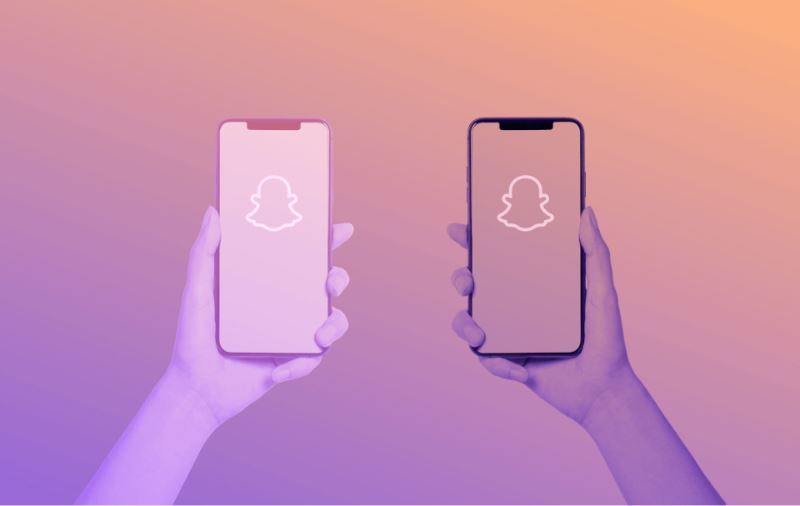The rise of the 2020 COVID-19 Pandemic caused a considerable strain on the consumer shopping landscape. Consumers and retailers alike had to switch their shopping habits entirely to e-commerce nearly overnight. While most predicted that the pandemic would alter the shopping experience, with a continually growing emphasis on e-commerce—2021 retail trends are showing the opposite. According to the US Department of Commerce Retail Indicator Division, brick-and-mortar sales saw 18.5% growth from 2020 to 2021 versus e-commerce growth of 14.2% during the same period. Going back even further, retail sales were 21.9% higher in 2021 than in 2019, continuing to support the idea that brick-and-mortar sales aren’t going anywhere any time soon, especially now that consumers are able to return to stores safely.
Got it! Brick-and-mortar sales are on the rise, but what does this have to do with Snapchat?
Since 2019, Snapchat has been working on developing ad campaigns that focus on driving foot traffic in addition to online conversions. With the introduction of the “Promote Local Place” objective in Snapchat Ads, brick-and-mortar stores can now integrate into Snapchat’s map similarly to Google search maps.
This integration allows advertisers to build and measure campaigns with the objective of driving foot traffic to stores rather than relying on online metrics. A Promote Local Place campaign will push the ads to the Snapchat map itself, as well as in Snapchat’s search and location tags in Snapchat Stories. This allows businesses to organically appear on the Snapchat map with a user’s friends.
When tapped, the Promote Local Place ads will reveal a place listing for users, which provide business information such as location, hours, website, and reviews. Through integrations with companies such as TripAdvisor, Uber Eats, and Foursquare, the users are also able to complete interactive actions such as calling the store directly, making a reservation, or ordering takeout or delivery.
We’ve begun integrating Snapchat’s Promote Local Places ads into the mix for our brick-and-mortar clients. While the goal is to ultimately drive foot traffic, we’re seeing these campaigns outperform online conversion campaigns for online sales as well.
Here are the pros of this new campaign type:
- First, like the rest of Snapchat Ad Manager, it is simple to build, making it easy for brands to test a social media-driven foot traffic campaign.
- It allows brick-and-mortar companies that might not have previously had connections to younger Millennials and Gen Z to organically reach these consumers where they are.
- Snapchat also revealed that users are 34% more likely to support local and buy within their communities than non-Snapchatters.
With every pro, there is a con.
While Snapchat does have a vast catalog of businesses in its system, it doesn’t have everybody. Some companies are not listed in Snapchat’s pre-defined business listings so they will have to fill out a suggestion form to try to get their business or location added to the system. This process will inhibit some locations or businesses from being able to run these types of ads.
Even though the 2020 pandemic shifted the retail universe, we’re seeing it didn’t last for long. Consumers are regaining their connection to shopping in stores over online. Whether the reason is due to shipping, extra fees, or simply wanting to touch a product in person, brick and mortar retail shopping isn’t going anywhere anytime soon. And with social media companies beginning to add to the omni-channel retail space, Snapchat’s Promote Local Place campaigns will have a foot in the door to foot traffic advertising.


